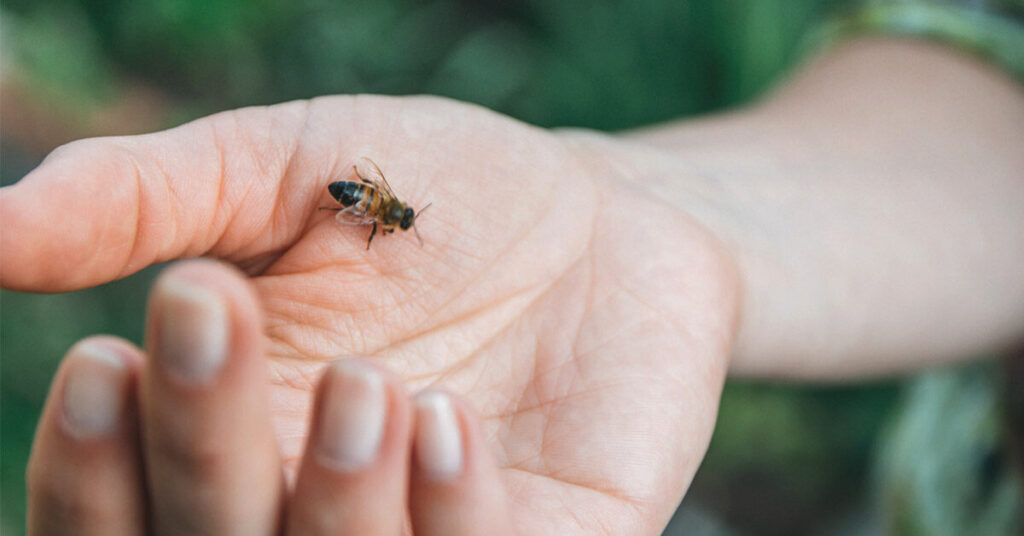For most people, a bee sting is not that big of a deal. However, some are extremely scared of bees because of how much their stings hurt. The sting won’t cause any more problems than temporary pain, redness, and itching in most cases. However, if you are allergic to bees, then you might face serious complications.
When a bee stings you, first aid is the most important thing. Although it won’t relieve all of the pain, it starts the recovery process. In addition to that, there are certain steps you can take to speed up your recovery. If you are frustrated about bees hovering around your house, consult with pest control services.
Steps to take after a bee sting
- Use ice/cold therapy.
Ice is used to relieve inflammation, pain, and redness in various conditions. Cold compresses can reduce blood flow to the affected area and reduce pain and swelling. However, remember to not put ice directly on your skin as it can burn your skin. Always wrap the ice in a cloth and then apply. Apply it for 20 minutes or less, and then take a break before applying again.
- Remove the bee sting with a dull-edged object.
If you have suffered from a honeybee sting, you must remove the sting as soon as possible. In some cases, the bee also leaves a venom sack inside your skin, worsening your condition. The longer it stays inside your skin, the more the sack keeps on pumping venom. Therefore, you should remove it immediately to stop the flow of toxins.
To remove the sack, take a credit card or a similar object and move it across the affected area. Avoid using tweezers because they can further push the sack into the skin.
- Anti-inflammatories.
After a bee sting, you are likely to experience inflammation around the affected area. Taking NSAIDs, such as Motrin or Advil, can help. You can reduce itching and redness with hydrocortisone cream.
- Elevate the area.
Elevating the stung area can help with the swelling. Some stings can swell up to the point where it becomes impossible to carry out the basic household tasks. For example, a sting on your hand can result in a swell up to twice the size of your hand. The swelling can feel warm and tender and start to feel like an infection. However, infections after a sting are rare, especially immediately after the event.
- Use baking soda.
A paste of baking soda and water has various benefits, including relieving bee stings. Just follow the steps below:
- Create a thick paste of baking soda and water.
- Rub it over the affected area.
- Leave it for 10 minutes.
- Wash it.


